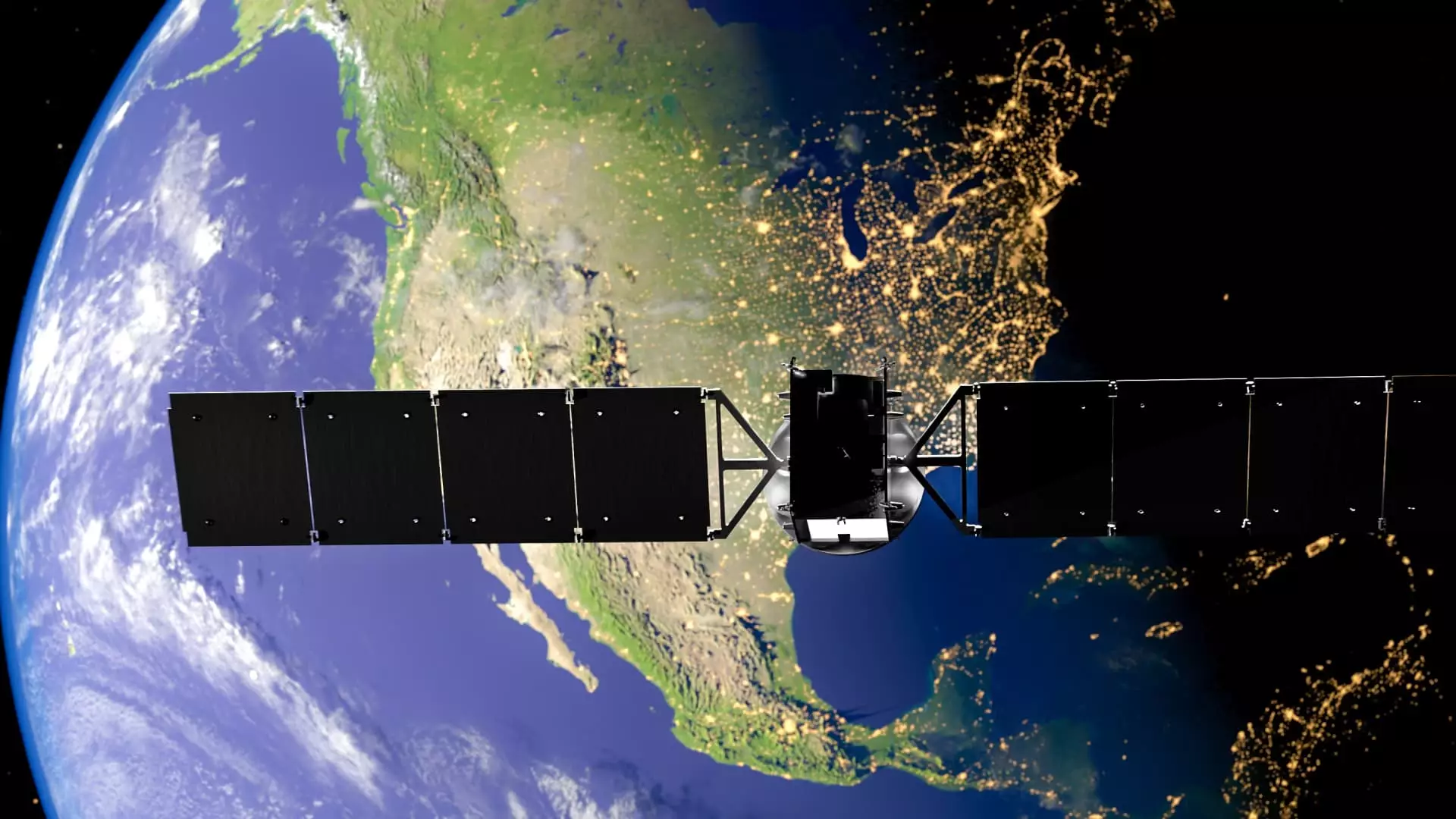The Global Positioning System (GPS), first introduced nearly five decades ago by the U.S. Air Force, has transformed into an indispensable facet of both military operations and civilian life. From driving directions to financial transactions, GPS plays a pivotal role in our interconnected world. According to a Commerce Department study, GPS has contributed more than $1.4 trillion to the U.S. economy. Amid this reliance, the report also warns of the staggering economic implications of a GPS outage, estimating it could cost upwards of $1 billion daily. This highlights not only how deeply integrated GPS has become in everyday functions but also the vulnerabilities associated with relying on a single system for positioning, navigation, and timing (PNT) services.
Recognizing the critical nature of GPS, the Pentagon has initiated a program known as the Resilient Global Positioning System (R-GPS), which is projected to consume approximately $2 billion. The primary aim is to develop a backup network that can seamlessly take over in the event of GPS service disruptions, whether from technical failures or malicious interference. Lt. Col. Justin Deifel, who leads R-GPS for the Space Force’s Space Systems Command, equates GPS to essential utilities such as water and electricity. In light of potential threats from global adversaries, including Russia and China, the urgency to bolster this infrastructure has led the Pentagon to prioritize the R-GPS initiative.
In a bid to expedite the R-GPS project, the Space Force is collaborating with private entities within the commercial space sector. Recent contracts awarded to four companies—Astranis, Axient, L3 Harris, and Sierra Space—signal a shift towards leveraging commercial innovations to enhance national security. This partnership not only fosters innovation but also capitalizes on the advancements made in satellite technology by private firms. For instance, Astranis, a startup specializing in small satellite technologies, views the R-GPS program as a strategic pivot, expanding its services beyond broadband internet to encompass the crucial realm of PNT services.
Astranis has unveiled its Nexus product line of PNT satellites, marking a defining moment in its business strategy. This expansion represents an innovative approach to satellite design, utilizing technology proven in their internet satellite deployments. Because the R-GPS satellites will occupy medium Earth orbits—similar to conventional GPS satellites—this product line emphasizes adaptability and versatility in modern satellite operations. John Gedmark, the CEO of Astranis, underscores the significance of this initiative, estimating significant market potential as the Space Force aims for a constellation of at least 24 satellites.
Rapid Development and Funding Innovations
One of the remarkable aspects of the R-GPS initiative is the unprecedented speed at which it has progressed. Utilizing a funding model known as “Quick Start,” the Space Force has conducted a swift procurement process that typically spans three years for military space programs. In a mere six months, the Pentagon secured various approvals, conducted extensive market research, and awarded contracts amounting to $40 million to facilitate design studies for the participating companies. By structuring the R-GPS program in phases, the Space Force has positioned itself to capitalize on rapid innovation in satellite technology.
Budget projections for the R-GPS suggest that the cost per satellite may range from $50 to $80 million, with an overall projection between $1.2 billion and $1.9 billion for a full constellation of 24 satellites. The initial launch of these satellites is tentatively scheduled for 2028, with plans to deploy them in batches. This gradual rollout approach will allow for thorough testing and refinement of the technology before the full constellation becomes operational, thereby ensuring reliability under various conditions.
While the pioneering spirit of companies like Astranis fuels optimism for the R-GPS program, challenges remain. Astranis experienced a setback when their first satellite malfunctioned due to a third-party issue. However, Gedmark’s confidence in their low-cost, radiation-hardened satellites suggests a commitment to learning and adapting from past experiences. As the R-GPS initiative develops, the potential for a new era of satellite-based navigation that is resilient, reliable, and responsive to immediate needs can transform both military operations and everyday civilian applications, securing a future where reliable navigation is a fundamental assurance.
As the U.S. Space Force pushes forward with R-GPS, it not only represents a critical move towards safeguarding national interests but also exemplifies the broader trend of integrating commercial innovation in defense strategies. The resilience and robustness of our positioning systems depend on such collaborations, which will help pave the way for a more secure future.

